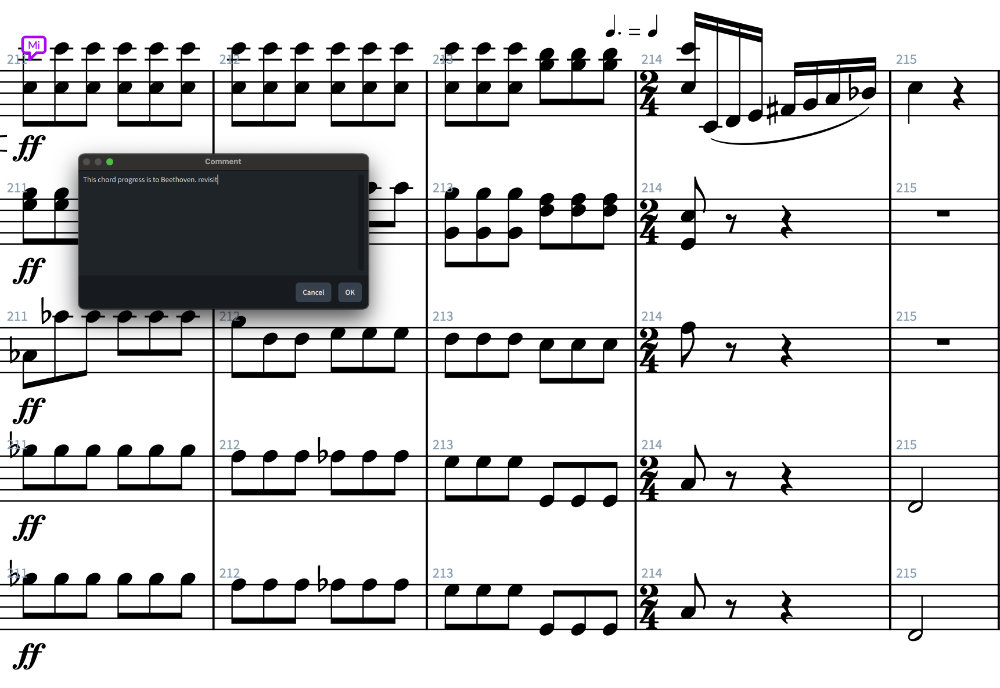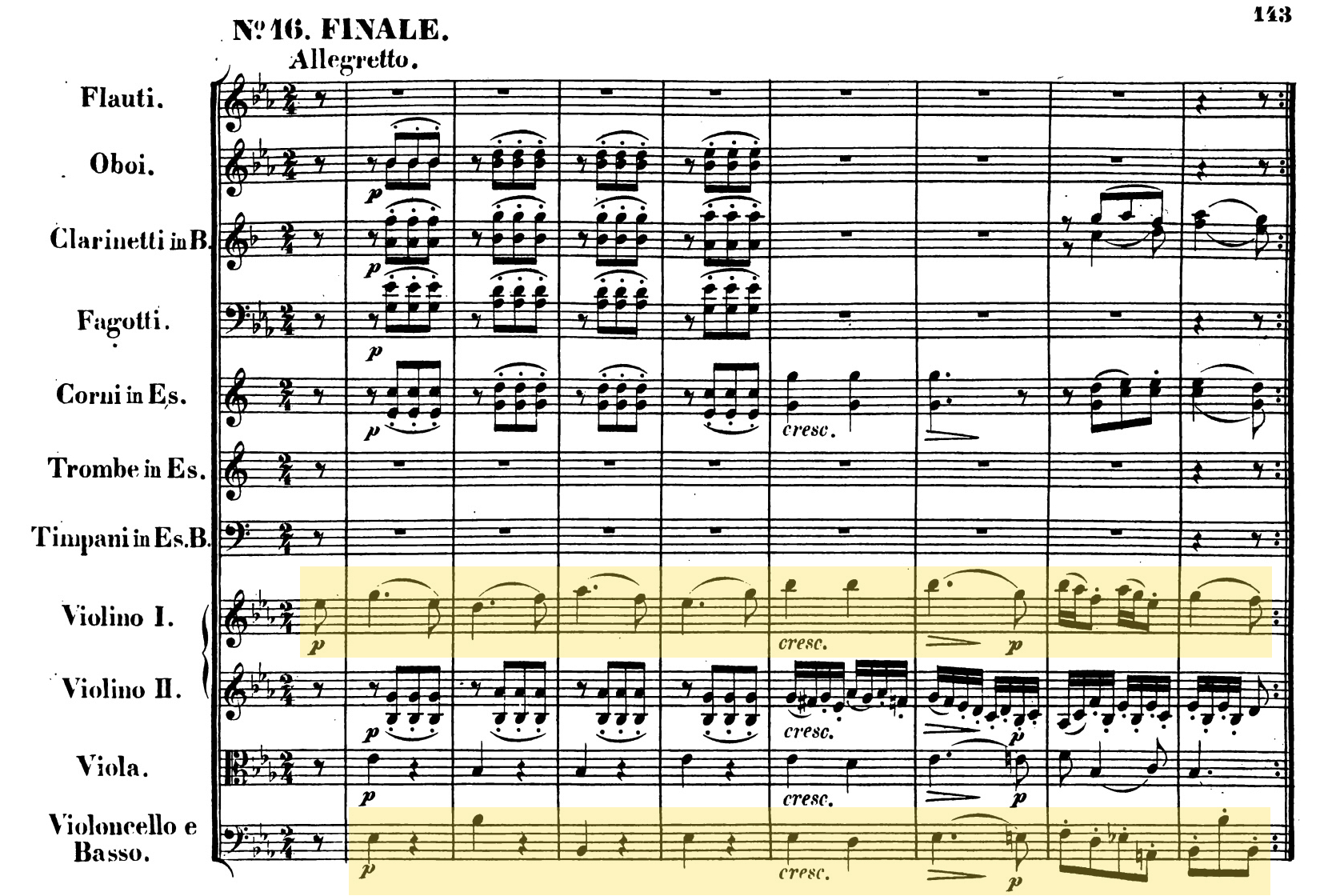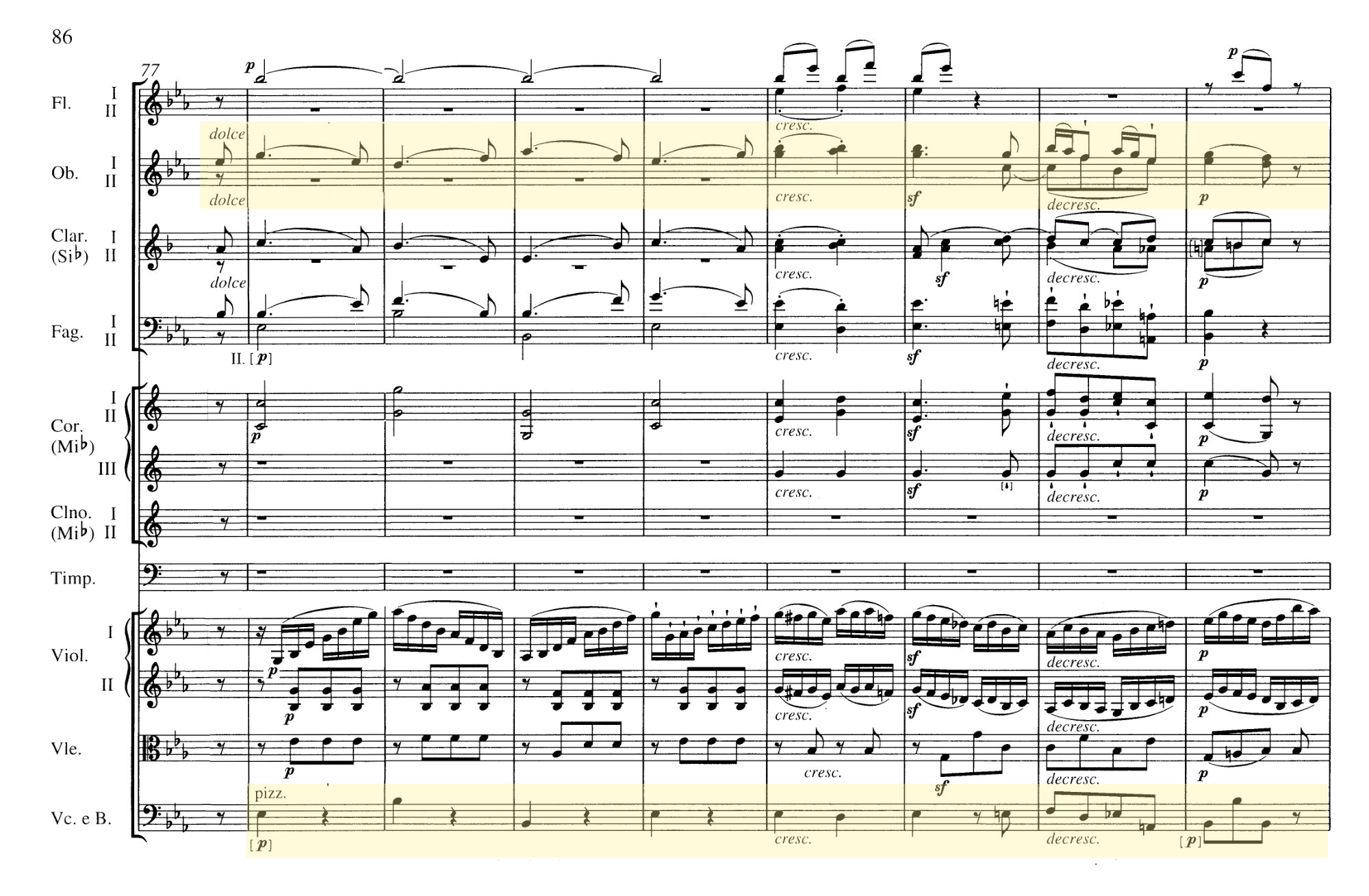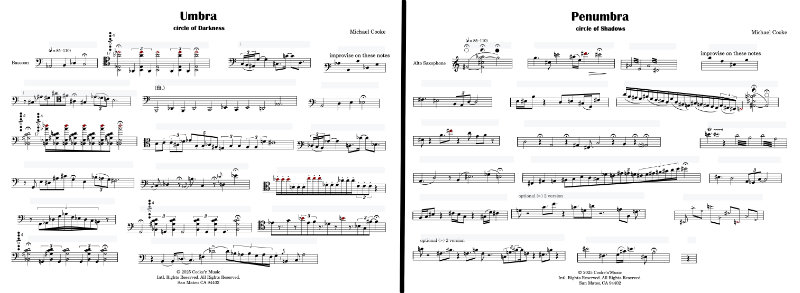Picking Up the Thread
It feels good to be back in the rhythms of composing again. After having been side tracked most of May, I’ve had a productive week and finally feel like I’m back in my groove.
As I mentioned in my last post, the notes and preparation I did earlier made all the difference in helping me restart quickly. When I’m working on a composition like this—one that is heavily modeled after another work—it’s not just helpful but essential to do a kind of analysis. Not the harmonic analysis you might do in a theory class, but a composer’s analysis, which I find far more relevant to the actual creation process.
Why Beethoven and Hindemith?
My plan for this movement has always been to blend Beethoven’s structure with Hindemith’s melodic and harmonic language, as well as touches from other modern composers – and myself.
Though separated by more than a century, Beethoven and Hindemith share some deep musical DNA: both were structural architects who treated form as an expressive engine. Their use of fugue—reveals an affinity for logic-driven development, yet neither wrote fugues that felt academic. They wrote them to surge forward, to surprise, to erupt.
Beyond form, both composers embraced harmonic exploration: Beethoven pushed the boundaries of Classical tonality, while Hindemith extended tonality without abandoning its center—favoring harmonic motion driven by intervallic tension rather than traditional chord progressions.
In this movement, I wanted to borrow Beethoven’s structure and variation technique while infusing it with Hindemith’s melodic contour, harmonic spacing, and distinctive use of quartal voicing. Where Beethoven often builds momentum through rhythmic drive, Hindemith does so through layered texture and shape. The result, I hope, is something that sounds coherent yet unexpected.
A Composer’s Map
For this movement, I created a marked-up version of Beethoven’s Symphony No. 3, fourth movement, which I’m using as a formal model. I mapped out the primary themes, recurring rhythmic ideas, and key structural shifts throughout the movement. These annotations give me a roadmap—not just of the form, but of how thematic ideas are varied, developed, inverted, or fragmented across the work.
Since I’m substituting Beethoven’s theme with my own, having both my theme and Beethoven’s original annotated in parallel is incredibly useful. I can track where he used variations and apply my material in analogous ways—while staying flexible enough to revise as the music unfolds.
Fugues and Rhythms
This week, I dove into the section that was one of the original reasons I chose the Eroica finale as a model: the first fugue variation.
Hindemith and Beethoven both wrote powerful fugues, and I’ve always loved writing them myself—they feel like puzzles to solve or games to play. This fugue variation took some time, but I’m happy with the first draft.
Another unifying element is rhythm. Beethoven’s finale leans heavily on recurring three-note figures, which works well with the five-note rhythmic figure I’ve been threading through the entire symphony—first introduced in the opening movement. That rhythmic continuity continues to give the symphony a strong internal identity.
Symphony No. 4, Finale, fugue 1 — Draft
Looking Ahead: The March Variation
I was able to complete about a minute and a half of music this week. That may not sound like a lot, but I’m very pleased with the progress—especially after the long break.
Right now, I’ve stopped just before the next major section: the march variation. The transition into it isn’t quite right yet. It leans too far into Beethoven and not enough into Hindemith, especially in terms of harmonic language and phrasing. But that’s okay. Sometimes, you have to move past a tricky spot to better understand how to reshape it later.
Tools That Help
One tool I’ve come to love is the Comments feature in Dorico. Instead of having to keep a separate file full of reminders, I can leave a comment directly on a measure while I’m working. It’s like dropping a note to future-me exactly where I’ll need it. Instead of “Revisit chords at measure 125,” I can simply highlight that passage and leave a comment while it’s still fresh in my mind.
Onward
Hopefully this coming week will be just as productive. I’m looking forward to diving into the march variation. With momentum finally on my side again—and a plan to follow—I’m excited to keep pushing this symphony toward the finish line.
Like this:
Like Loading...














